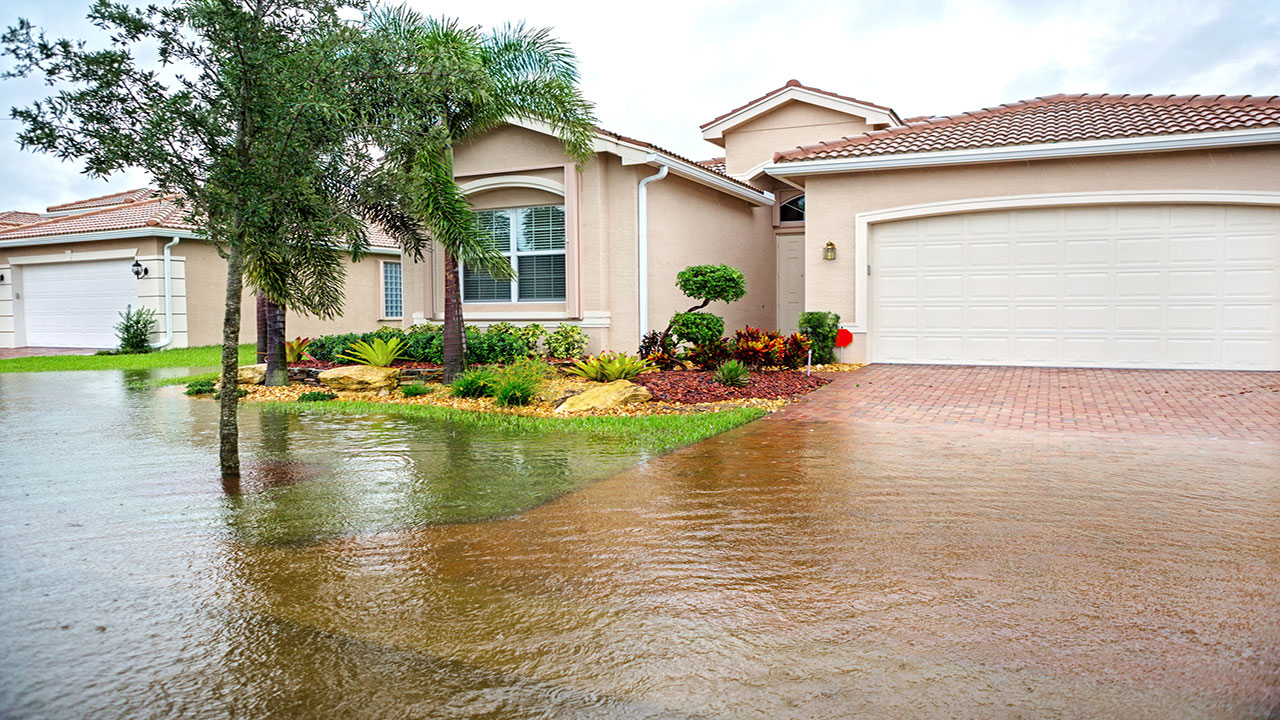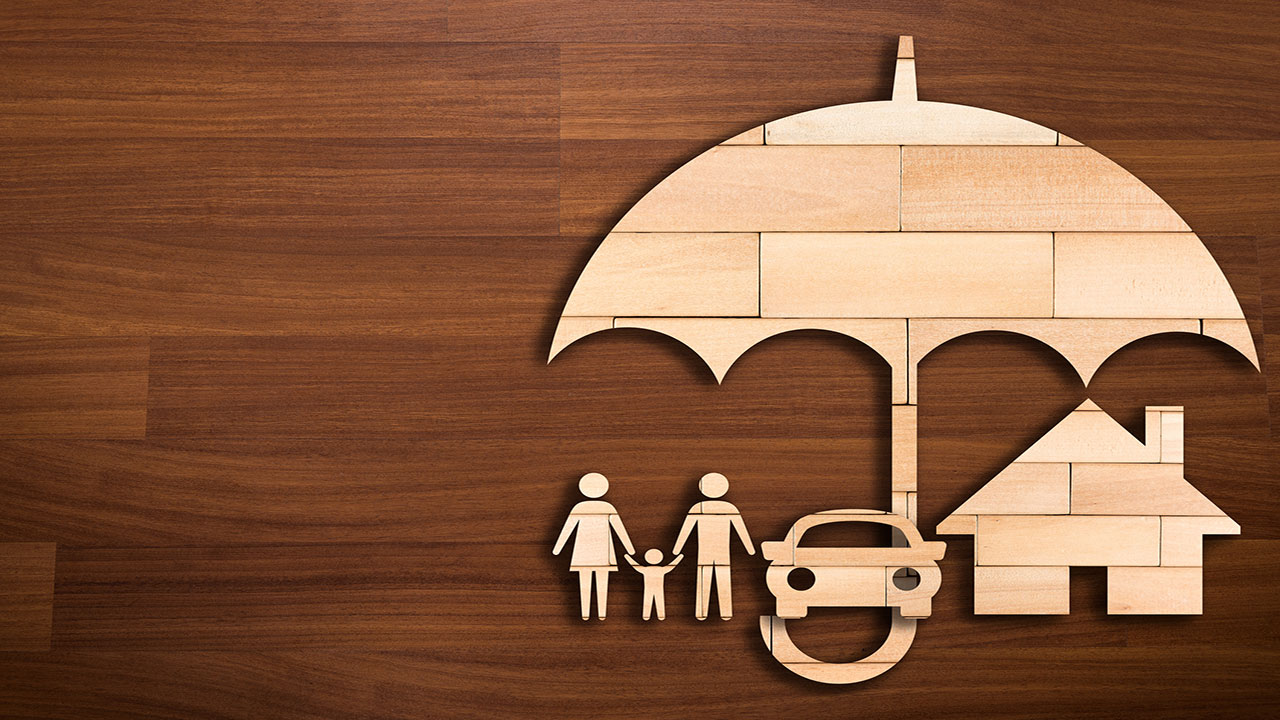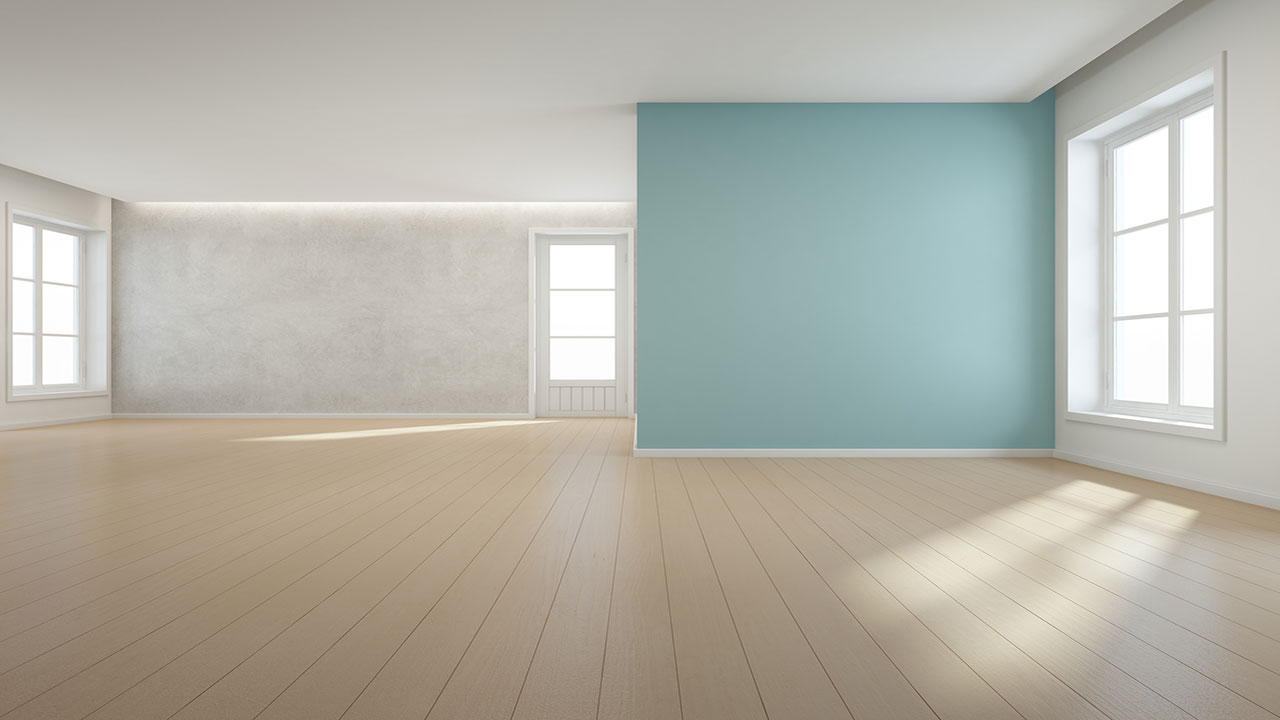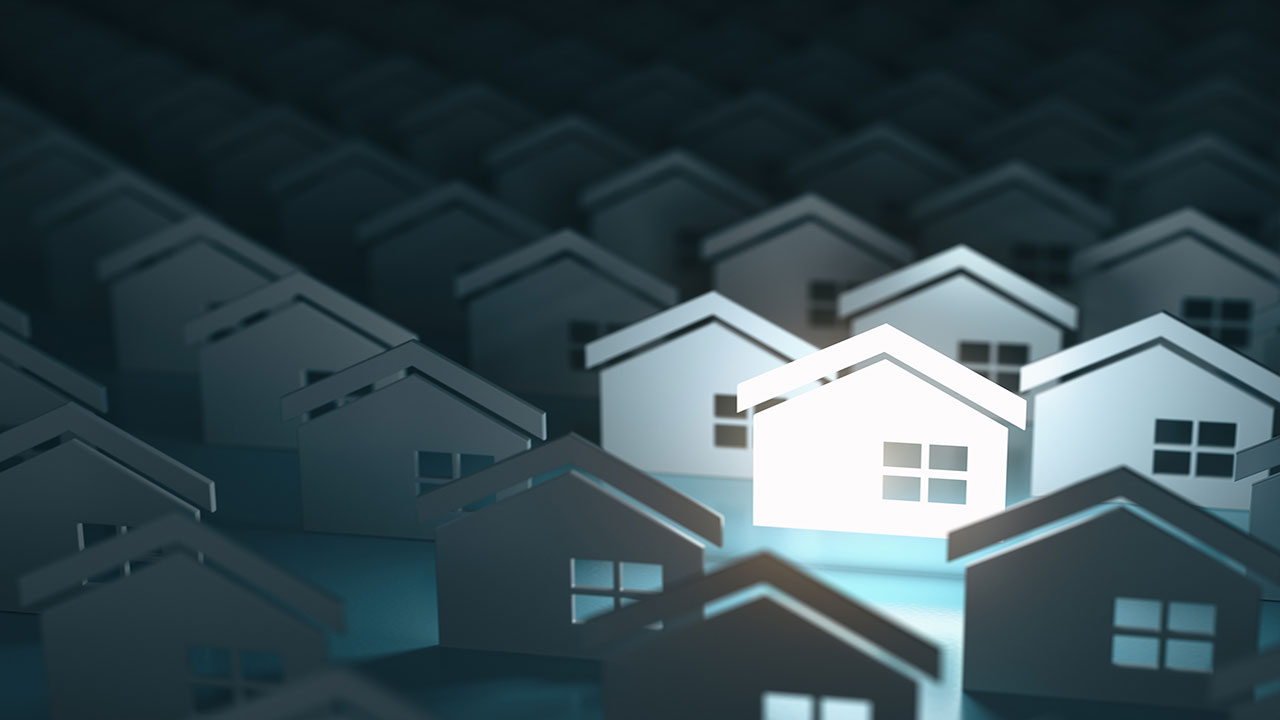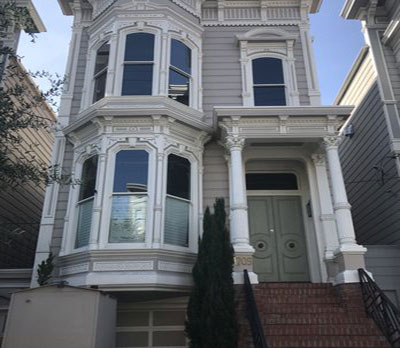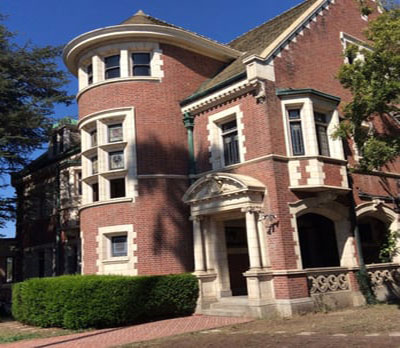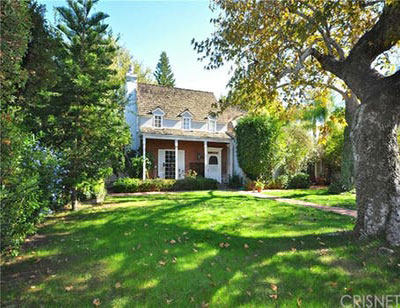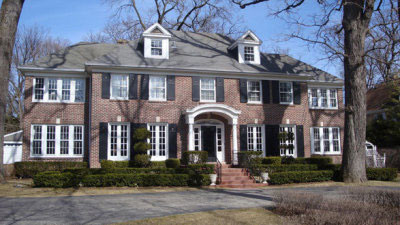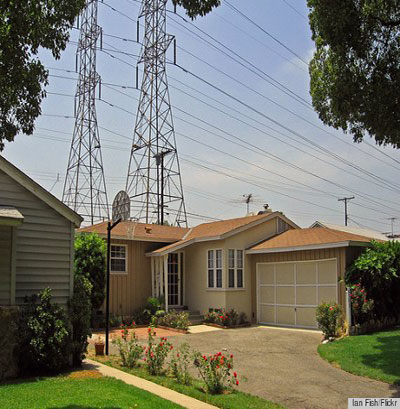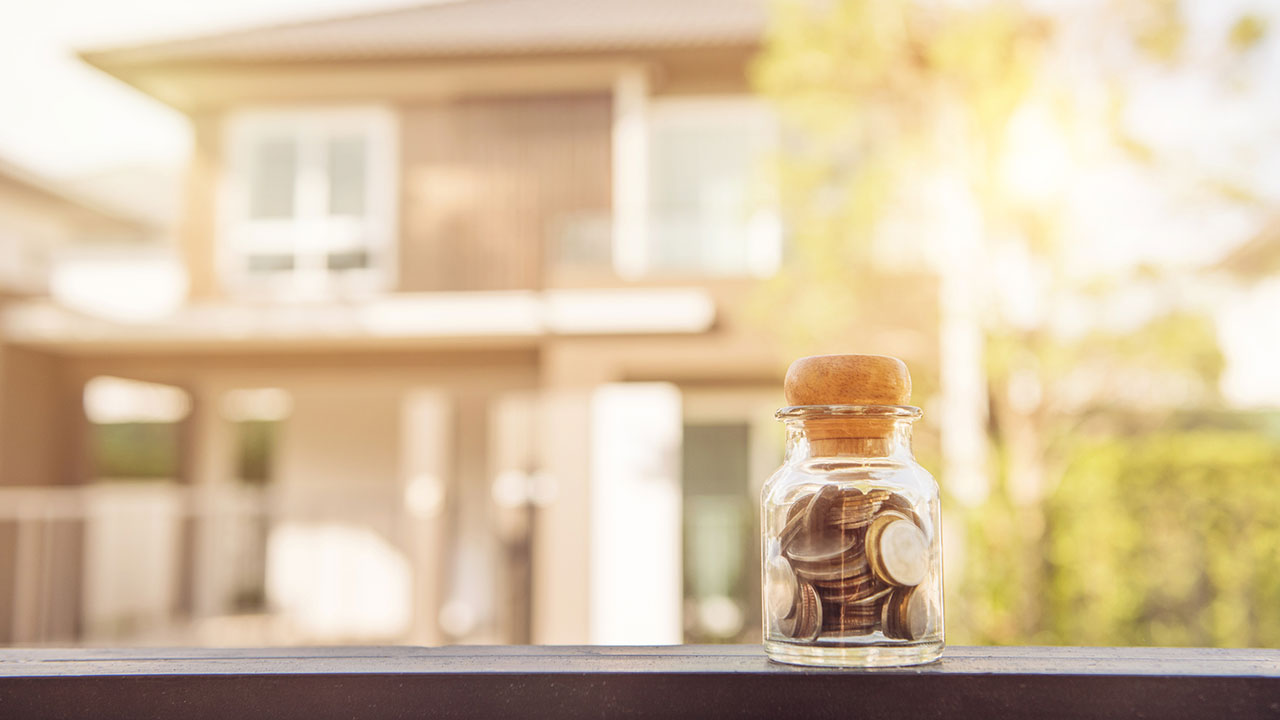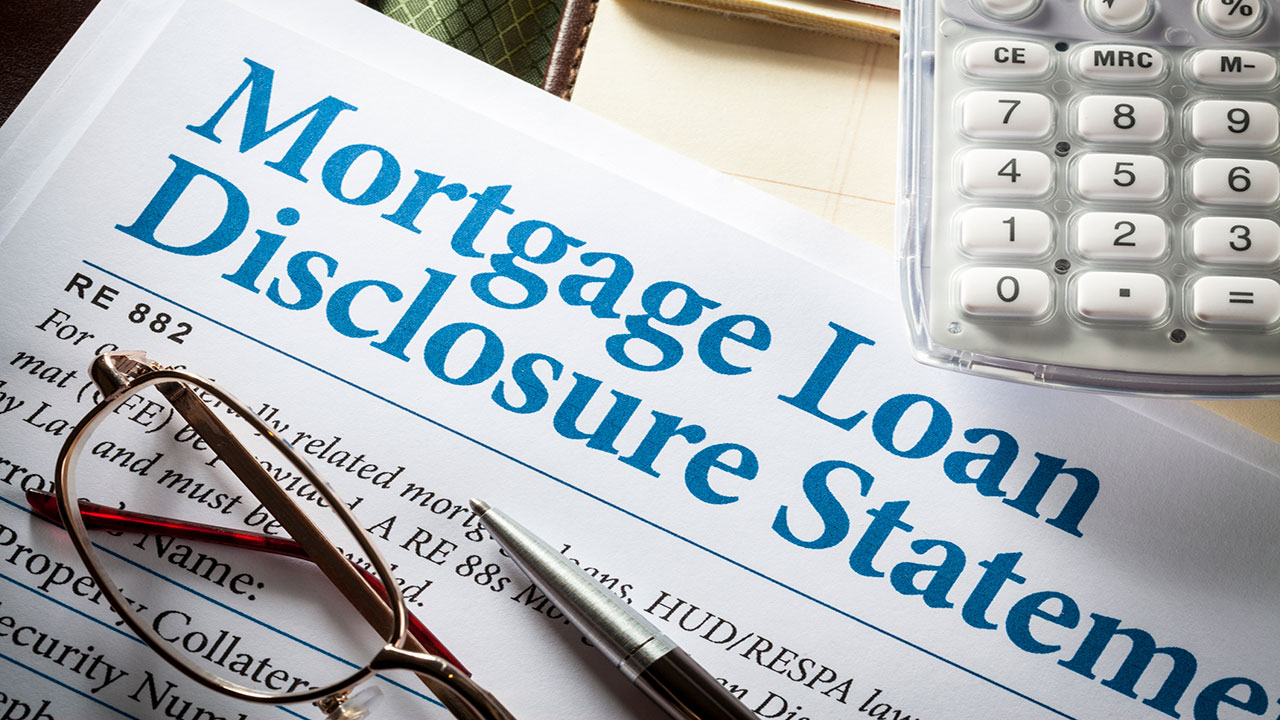How to Make Your Cookie-Cutter Home Stand Out
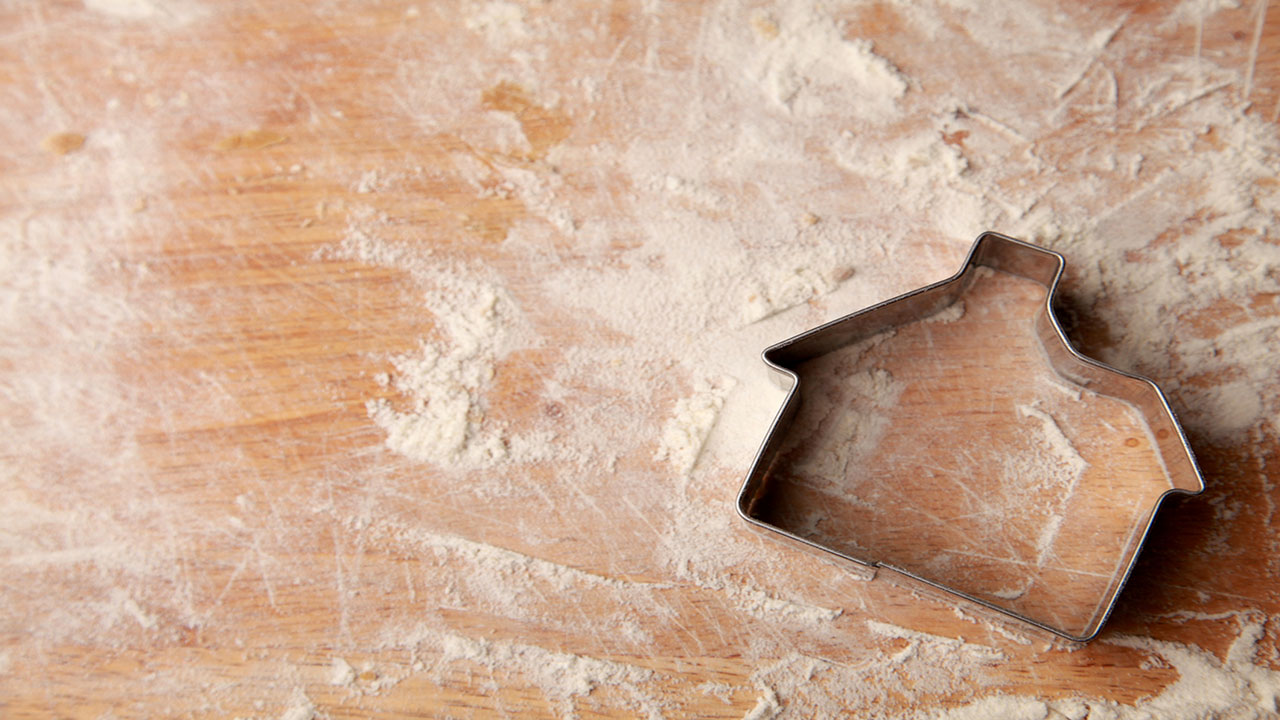
If you live in a subdivision – whether new or old – odds are your home’s layout is pretty similar to the rest of the homes on the block. Even the exterior finishes and elevation may be similar.
While you may have decorated and furnished your home in a unique way to make it your own, buyers might still not be able to see past the idea that your home looks just like all the others.
And if there are a number of homes in your neighborhood that are for sale, you might find the competition a bit tough to contend with.
If your home doesn’t seem to come from a different mold than all the others in the neighborhood, how can you make sure that it stands out?
Bring Your Landscaping Up to Snuff

Curb appeal is the first thing you should focus on when trying to make your cookie cutter home stand out from the crowd. And one of the first things you can do is rev up your landscaping. Following a strategic plan, add bushes, flower beds, walkways, stonework, and exterior lighting to your front yard.
You can hire a professional to do this for you, or you can invest a little elbow grease to dramatically cut the costs. Either way, a solid landscaping job is a sure-fire way to bring your home to the forefront in your neighborhood.
Flank Your Windows With Shutters
You can instantly make your home stand out from the crowd from an exterior point of view by installing shutters on your windows. They’re relatively simple to install, and if painted in a bold color, they can really help to draw buyers’ eyes to your home.
Paint Your Front Door (and Garage Doors if You Have Any)
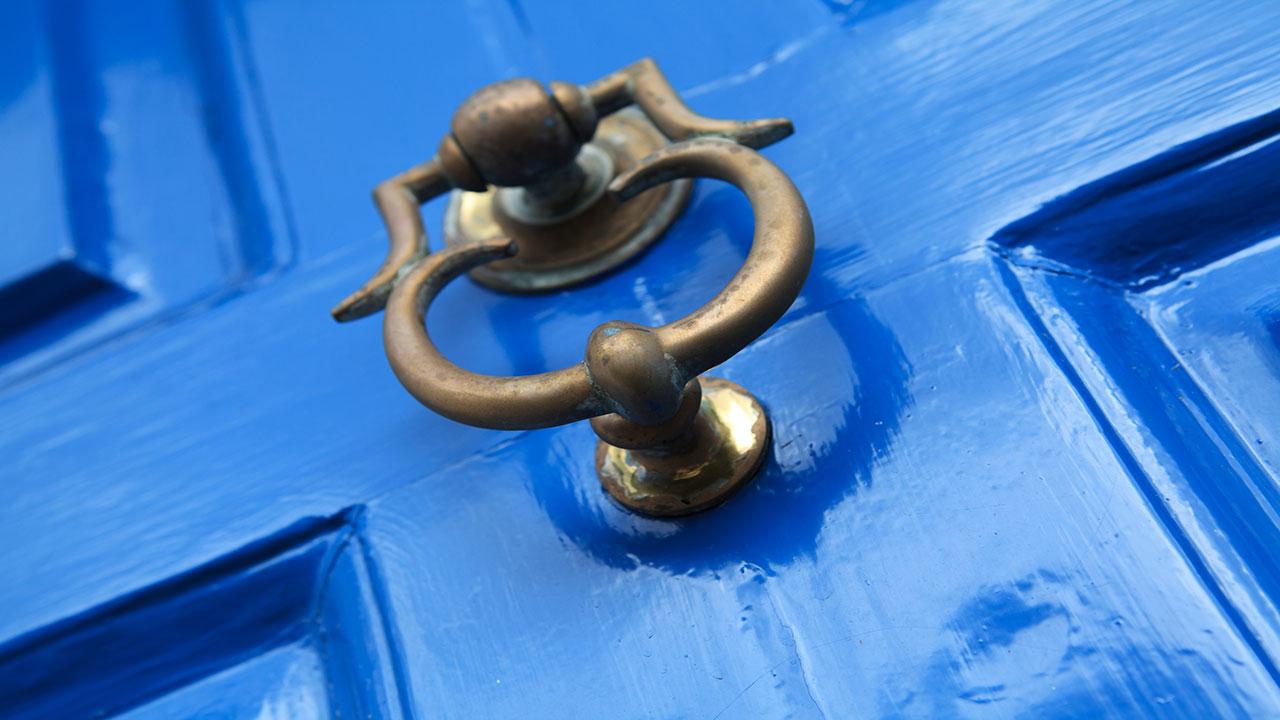
One of the fastest, easiest, and most effective way to make your home stand out from the exterior is to paint your front door in a bold, vibrant color, such as red or green. Odds are everyone else’s front doors are painted in a neutral color, so painting yours in a bright hue can really make your home pop from the curb.
Go Floor-to-Ceiling With Stone on an Accent Wall
This usually works quite well in a living or family room. Choose a wall to highlight (a wall with a fireplace usually works best), and install stone all the way from the floor right up to the ceiling. There are all sorts of different types of stone you can choose from to create a unique look that suits your tastes. Many stone materials come in sheets for easy installation.
Alternatively, you can always install wallpaper on the accent wall for a quicker job. If this is the route you take, consider wallpaper with a bold pattern to really make the space pop.
Install Faux Wood Beams to Your Ceiling
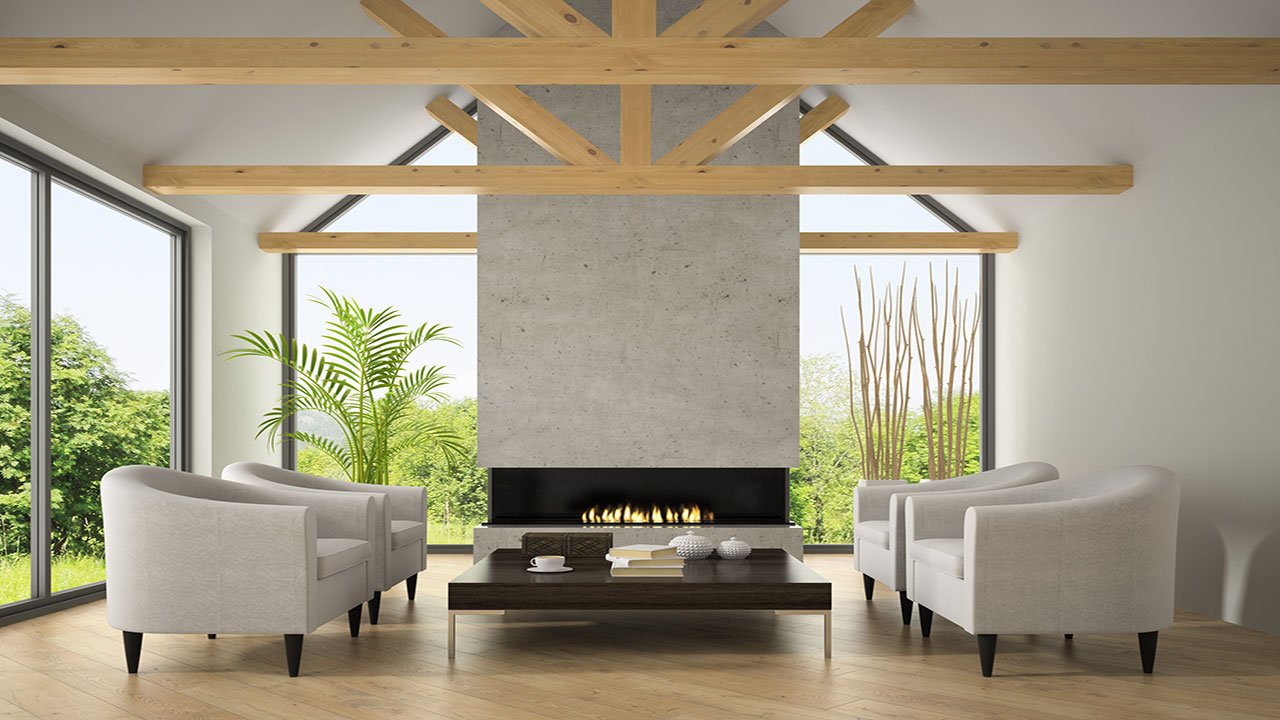
Wood beams on ceilings are a fabulous feature that aren’t exactly the norm in homes. They’re a unique feature that works really well to boost the look and feel of an interior. If the other homes on the block don’t have wood beams on their ceilings, installing them on yours can really make your home stand out.
You can always use real wood of course, but faux wood is much easier and cheaper to install. They really look like the real thing and still do just as good a job at boosting the esthetics of your space.
Add Crown Molding and Wainscotting
There’s a huge visual difference between a plain wall and one that’s been decked out in crown molding and wainscoting. These are finishes that can not only make the space stand out, but they’re great at making an interior appear much more sophisticated and stylish.
Change the Knobs and Handles
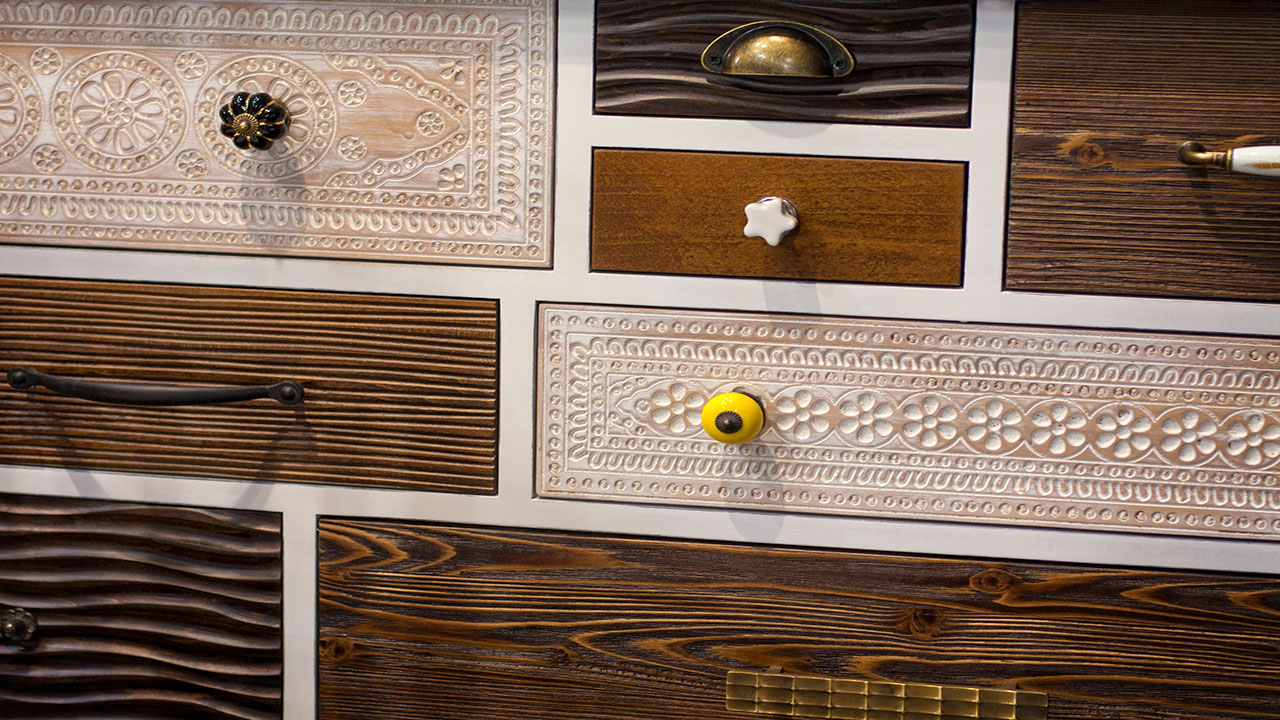
These days, you can find the most unique and stand-out knobs and handles on the market that you can affix to all of your kitchen, bathroom, and bedroom cabinets, drawers, and doors. They may seem insignificant, but you’d be amazed at what an incredible difference they can make to a space.
Install New Light Fixtures
Another seemingly underestimated feature of a home is its light fixtures. While lighting is obviously important and necessary, the type of light fixture you install can really boost the style factor in your home. If your current light fixtures are still the same ones from the builder or the previous owner, odds are they’re pretty similar to the ones in other homes up for sale in the area.
An easy fix is to simply swap your current fixtures with more modern models. And try to layer your lighting as well by installing a variety of fixtures, such as pendant lamps, wall sconces, under-cabinet lighting, and chandeliers.
The Bottom Line
Short of knocking down walls and adding additions, there are much simpler and less invasive ways to make your cookie cutter home seem a little more unique. When in doubt, consider calling a home stager who can really bring your home’s aesthetics to a whole new level.


